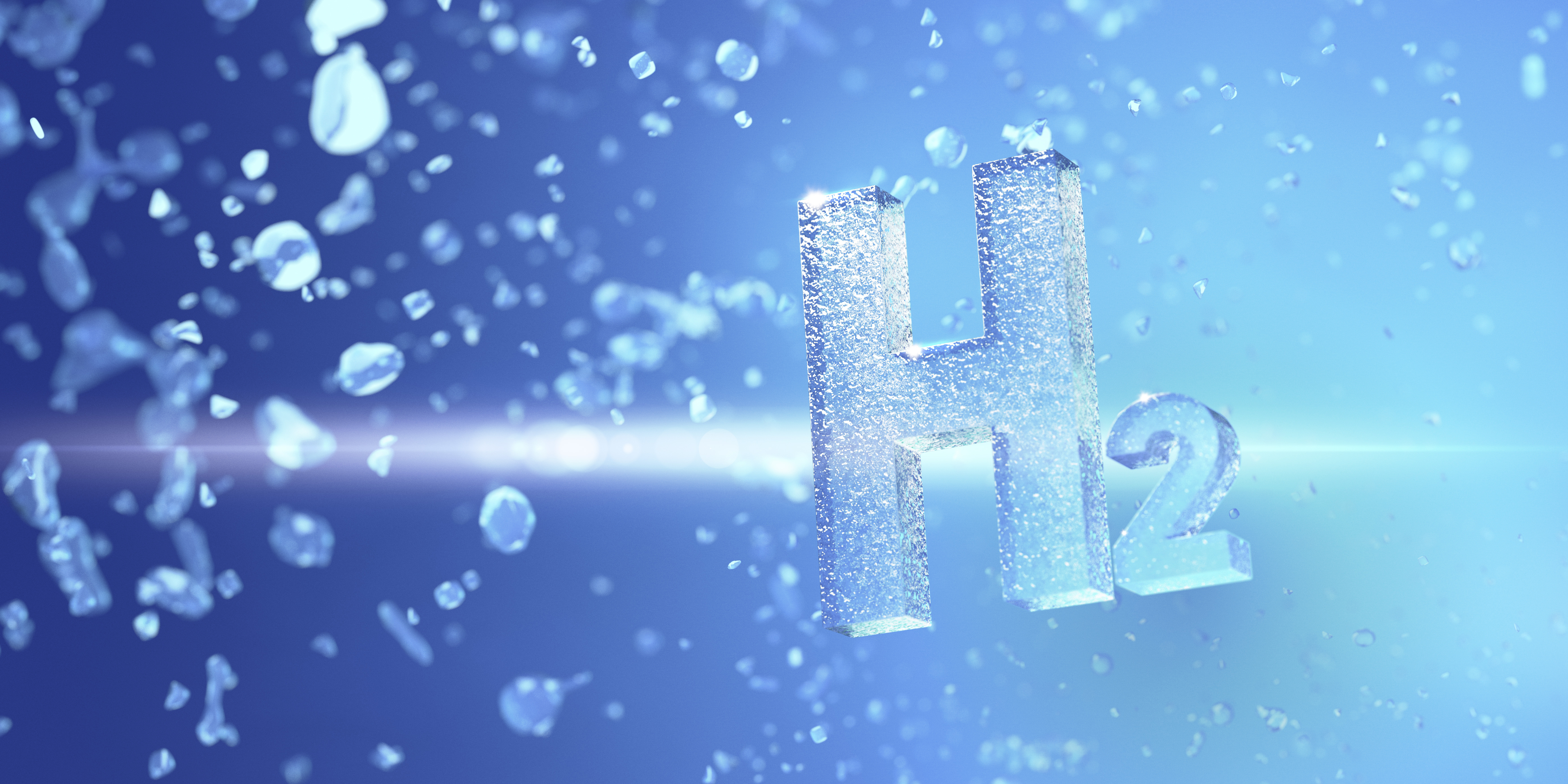Energy future

©AdoberStock
Hydrogen is considered a game changer for the future of energy. But what does it take for this trend-setting energy carrier to take off on a broad scale? Clear rules of the game are an important prerequisite. Since 2019, the Austrian Gas and Water Association (ÖVGW) has been working intensively on the first H2 regulations in an expert team led by GCA.
Local companies do pioneering work
"The big challenge for us was that we had to start on a blank piece of paper," Micha Oberhuber gives some insights into the process. He is head of the ÖVGW technical committee and an expert in operation & maintenance, plant technology and process safety at Gas Connect Austria. Because although hydrogen has been used in industry for over 100 years, there have hardly been any specifications so far - neither nationally nor internationally. Within the framework of various working groups, around 30 players from the domestic gas industry have been doing pioneering work since the start of the project. In addition to Austria's major gas grid operators, well-known domestic energy companies such as RAG and OMV are contributing their expertise to the development of the regulations.
"Our goal is to define exact technical guidelines and organisational specifications for hydrogen networks," Oberhuber describes. These are an important prerequisite for the approval and construction of pipelines and plants. They also enable safe operation according to fixed standards. The new H2 regulations are aimed at all potential hydrogen network operators as well as builders and operators of, for example, generation plants or filling stations.

Seit 2019 leitet Micha Oberhuber den ÖVGW-Fachausschuss Wasserstoffanlagen. Bei Gas Connect Austria ist er seit 2017 für Operation & Maintenance, Anlagentechnik und Prozesssicherheit tätig.
First guidelines presented in February
The first guidelines were presented by the ÖVGW in February 2023, defining the requirements for the properties of hydrogen for feed-in, transport, distribution and storage. In addition, requirements for the construction of feed-in plants were published. "These make it possible to connect hydrogen production with consumers on a large scale," Oberhuber notes.
The next milestone followed in June. For the first time, a guideline for the construction of new hydrogen pipelines was issued. An important aspect: in addition to various types of steel, plastics such as polyethylene were also assessed as suitable for hydrogen. These are already used in the existing natural gas infrastructure. This facilitates future conversions.
H2 regulations: an overview of the published guidelines
Since the beginning of the year, three guidelines of the H2 regulations have already come into force. These are:
- H B100: Hydrogen quality (valid since February 2023).
This guideline defines the requirements for the quality of gaseous hydrogen for injection, transport, distribution and storage. - H E310: Hydrogen feed-in systems (valid since February 2023)
The planning, construction and initial testing of hydrogen feed-in systems are regulated here. It concerns the feed-in into pure hydrogen networks as well as into gas networks. - H E200: Hydrogen pipelines (valid since June 2023)
This guideline regulates all criteria for the planning, construction and initial testing of new hydrogen pipelines. Materials and dimensioning are also specified in it.
Outlook: The hydrogen regulatory framework is growing
"In the coming months, things will continue in quick succession," says Oberhuber. In autumn 2023, the directive for hydrogen filling stations will be published, and probably at the end of the year, the directive for the construction of hydrogen production plants. In 2024, regulations for the commissioning and decommissioning of hydrogen pipelines and plants as well as for the construction of pressure regulating stations and mobile storage units are to come into force.
"At the same time, intensive work is already being done on a very important directive - from the grid operator's point of view - for the conversion of gas pipelines to hydrogen operation," says the expert. The energy future continues to pick up speed in Austria.
About Greening the Gas
Over 30 projects: This is how many research projects have already been implemented with national and international partners within the framework of the ÖVGW initiative "Greening the Gas". The insights gained are being incorporated into the new H2 regulations. One example is the HyGrid2 project. It is investigating the transport of pure hydrogen in used natural gas pipelines until 2025. Learn more: HyGrid2.
